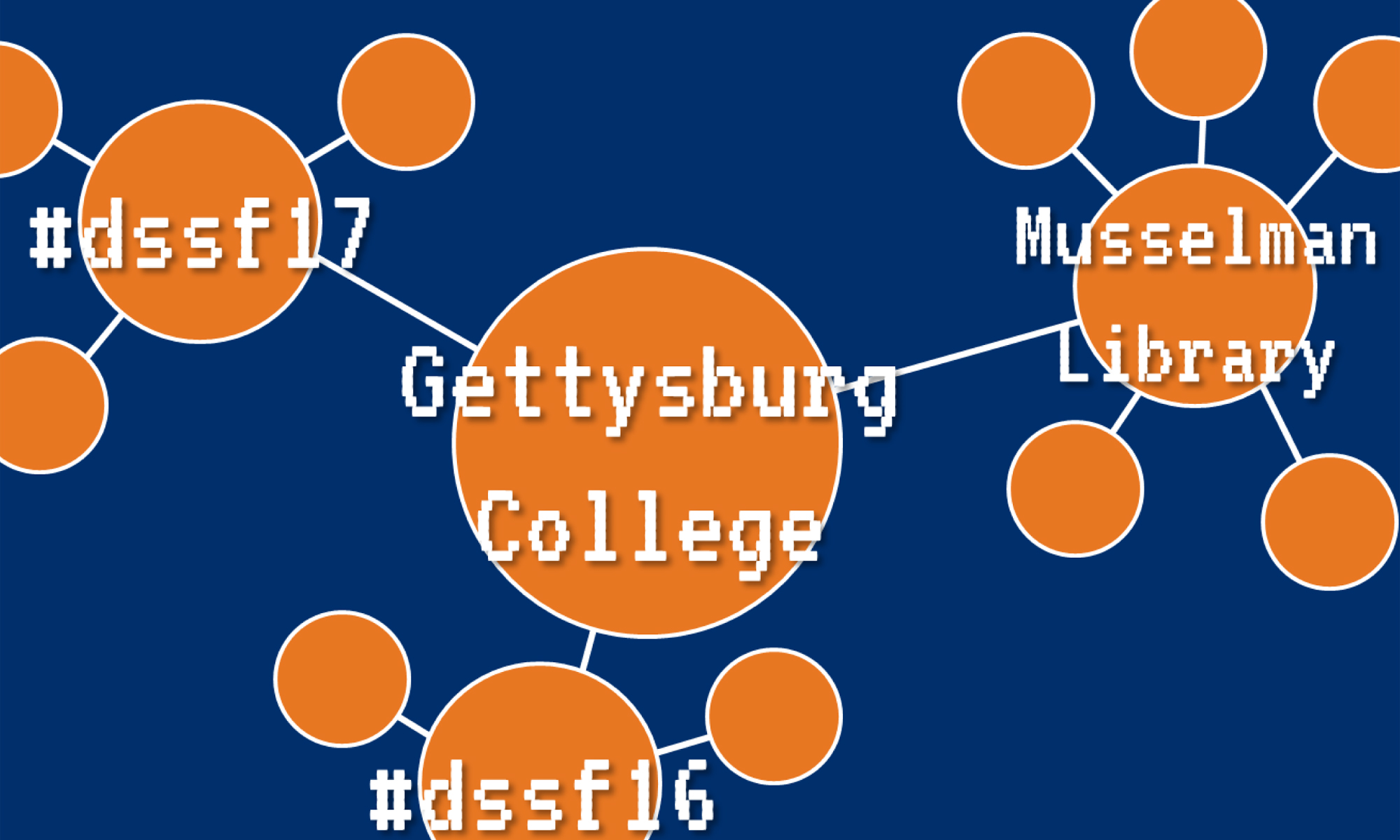Like my fellow colleagues, I found Ryan Cordell’s article “How Not to Teach Digital Humanities” a breath of fresh air. I appreciate the fact his work was both real and honest. Additionally, Cordell addressed many of the frustrations I have been having with Digital Humanities lately. Reflecting back on my year-long experience as a Digital Scholar, I think I can now adequately unpack my frustrations and hopefully propose a better way to immerse undergraduates in DH.
Coming into the fellowship as a rising sophomore was both exciting and intimidating. I was excited to research and learn more about DH but was intimidated by the digital aspect of the fellowship. I was completely terrified that I was going to fail. As I progressed on my 10 week DH journey, the fear of failing started to melt away. I found that through DH, I could make an impact and was excited and proud of what I was doing. I loved the fact that through DH, I could share my passions with a public audience.
As I continue on this DH journey, I find that the “honeymoon phase” has worn off. I still believe in DH but I am starting to find cracks and imperfections on its surface. Coming into this fellowship a second time, I can honestly say that I am not as enchanted with DH as I was a year ago. I keep getting hung up on the question “What is DH?” or more specifically “What is DH and why is it relevant?” I think undergraduates tend to care more about the question “Why is it relevant?” than the question “What is DH?” .
Undergraduates completely fail to understand why digital humanities is relevant. Cordell is right when he writes “As an opening gambit, I want to suggest that undergraduate students do not care about digital humanities.” Undergraduates don’t care about DH because we are failing to make DH relevant to them. I have to agree with Lauren’s conclusion to why undergraduates at Gettysburg College have not immersed themselves in the field of DH. DH is time-consuming and many students don’t want to take the time to learn about DH. They simply just want to learn how they can use a tool to get an A on an assignment. Additionally, many students are not exactly passionate or interested in the project they were asked to create. I believe this disinterest in the project hinders a student’s ability to truly connect with DH. I am passionate about DH because I believe that DH gives me a space to educate the public about my passion. Completing a mandatory digital project does not leave undergrads with the same feelings of passion that I have.
In order to get undergraduates excited about DH, I think we need to show them how DH can be used to further their own research and academic passions. We need to make DH relevant to their own specific interests. Furthermore, instead of talking about DH in theory, we need to give them tangible examples of how DH has induced change.
I believe that the DSSF cohort can “make DH relevant” to undergrads. Instead of focusing on the larger and broader questions of DH, let’s start narrowing our focus to the needs of undergrads. Although I have left the honeymoon phase, I am not ready to get a divorce from DH. Instead, I am ready to develop a better way to teach DH to undergraduates.
So, in the words of Jamie Fraser “Je Suis Prest!”
Best Wishes,
Keira


